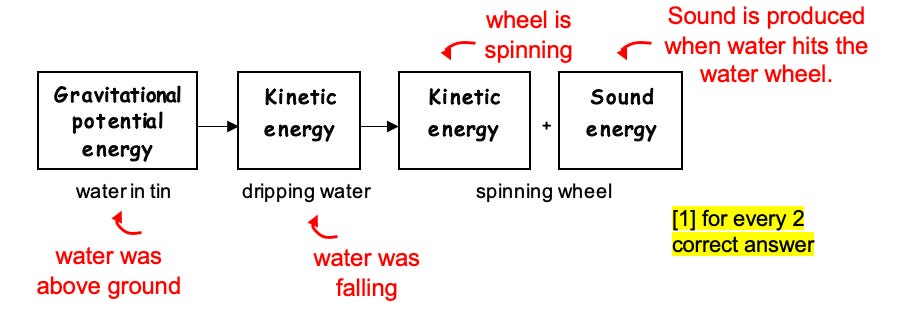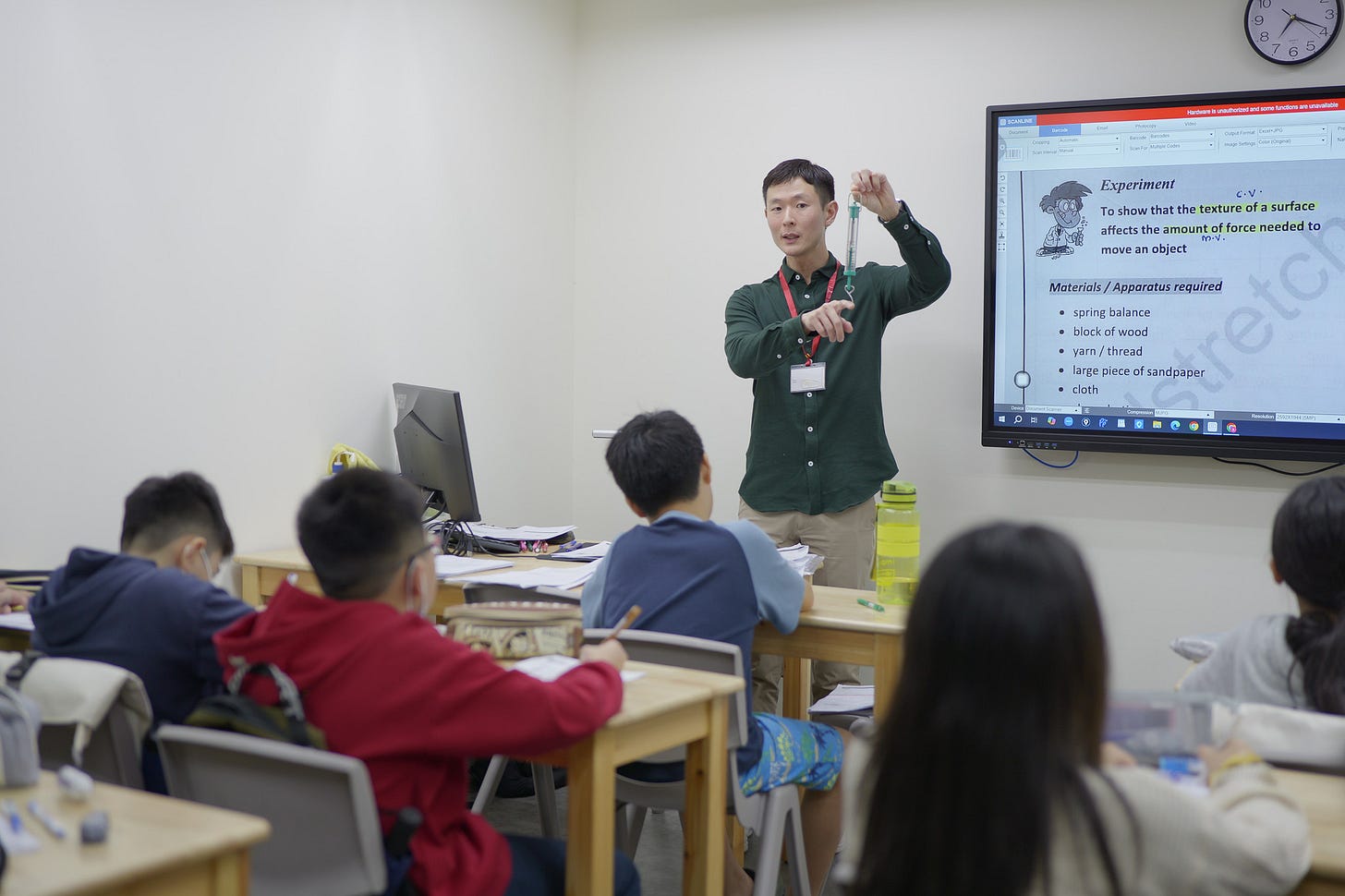Approach to Answering Science Open-Ended Questions (OEQs)
Struggling with Science open-ended questions? Learn how our proven CCC and AIR frameworks help you analyse and answer OEQs accurately and confidently.
Many students find Science open-ended questions (OEQs) challenging because they are often unsure how to apply the right concepts or structure their answers clearly. In this article, we’ll break down two techniques: the CCC question-analysis framework for analysing questions, and the AIR answering framework for crafting clear, accurate answers. These techniques will also be covered in our OEQ webinar, which spans three sessions!
We’ll apply these frameworks to OEQs on Energy, so you can see how the techniques are used in questions from a topic that was recently covered in Term 1 for the Primary 6s.
Our CCC Question-Analysis Framework
To analyse the question, we use the CCC framework:
Command Word: Identify the command word in the question e.g. State, Describe, Explain, Suggest.
Concept: Identify the key concept(s) of the topic and relate it to the context, information and data given.
Context: Extract essential information from the question and connect it to relevant Science concepts to address the situation fully.
Let’s apply the CCC framework to a common question type on energy conversion.
This is a common question type in the topic of Energy, assessing students' understanding of energy conversion. It requires students to carefully analyse diagrams or given information based on a scenario and identify the form(s) of energy involved in each object or system. Students need to recognise how energy is being transferred and accurately determine which form(s) of energy is associated with each part of the diagram or scenario.
Identifying the command word, concept and context:
Command word
State (give a clear and precise response)
Concept:
Energy conversion
Context:
1. Water drips down from the tin and hits the wheel for it to spin.
2. Sound is produced when water hits the water wheel.
Answer:
Our AIR Answering Framework
To craft clear, structured answers, we use the AIR framework:
Answer: Provide an answer in the form of a claim or choice.
Information: State the observation(s) or result(s) given in the question that support their claim or choice.
Reasoning: Give an explanation based on Concept and address the Context.
Let’s apply the CCC & AIR frameworks to a common question type on modification/improvement to set-up & explanation.
This is another common question type in the topic of Energy, designed to further assess students' ability to integrate multiple pieces of information, think critically, apply their understanding of energy conversions to practical situations, and generate possible answers that relates to the scenario.
To answer such questions, students should consider the energy conversions that they have identified and link it to the context given in the question. This approach enables students to come up with relevant and complete explanations to their suggested modifications or improvements to the set-up.
Before crafting your answer, remember to use the CCC framework to analyse the question.
Command word:
Suggest (give possible solutions or reasons based on the Context)
Explain (give reasons for the observations and results)
Concept:
Energy conversion
Context:
1. Wheel needs to possess more kinetic energy for it to spin faster.
2. Identify the source of energy from the diagram given.
3. Increasing energy of the source will increase the kinetic energy of wheel.
Next, we’ll use the AIR framework to craft a clear, structured answer.
Answer:
He could position the tin of water higher.
Information:
The water in the tin would have more gravitational potential energy, [1]
Reasoning:
which will be converted to more kinetic energy in the dripping water and converted to more kinetic energy in the wheel. [1]
Common Mistakes Students Make & How to Avoid Them
Let’s take a closer look at a sample answer and highlight some common mistakes students tend to make when tackling open-ended Science questions.
Student’s answer: Place the tin of water higher so the gravitational potential energy will be converted to kinetic energy in the wheel.
Mistake number 1: Not using comparison words.
Explanation: Since the tin of water was placed higher, it should possess more gravitational potential energy.
How to avoid: Use comparative or superlative terms, where applicable.
Mistake number 2: Not listing out all the energies found in the energy conversion.
Explanation: Gravitational potential energy of water is not directly converted to kinetic energy of wheel.
How to avoid: Follow all the boxes and arrows in the energy conversion. State the source of each form of energy.
Additional Practice Question on Energy
By mastering these techniques, you'll be able to apply them to all types of open-ended questions and tackle energy-related questions with greater clarity and confidence. Many students struggle with energy conversion questions, especially when they are linked to other topics such as heat, light, or electricity. Here’s an additional practice question for you — remember to use the CCC question-analysis framework and the AIR answering framework as you work through it.
If you're looking for more practice, our P5 & P6 Science Key Concepts Mastery Volume 1 & Volume 2 books includes a range of open-ended questions across various topics. Each question comes with clear, step-by-step explanations to help students understand how to apply the frameworks shared in this article, making it a useful resource for revision and practice at home.
Our Science Open-Ended Questions webinar is starting this week! Across the three sessions (28 Mar, 4 & 11 Apr 2025), students will learn how to apply the CCC question-analysis framework and the AIR answering framework to tackle open-ended questions in a clear, step-by-step way. We’ll also cover key templates for answering experiment-based Science questions — all designed to help your child feel more confidently prepared for the PSLE.






